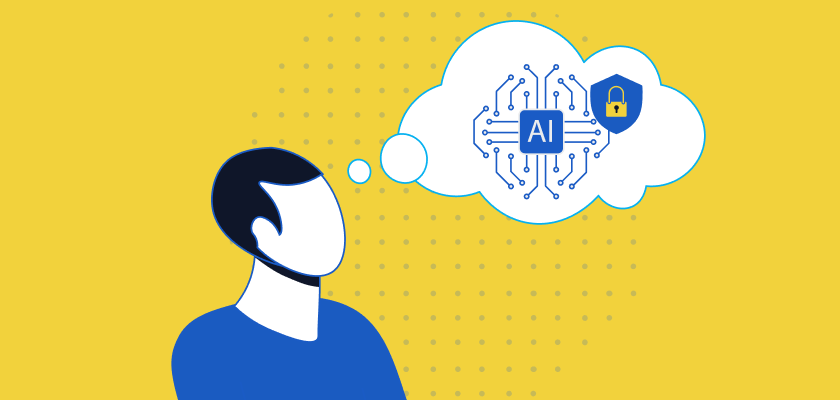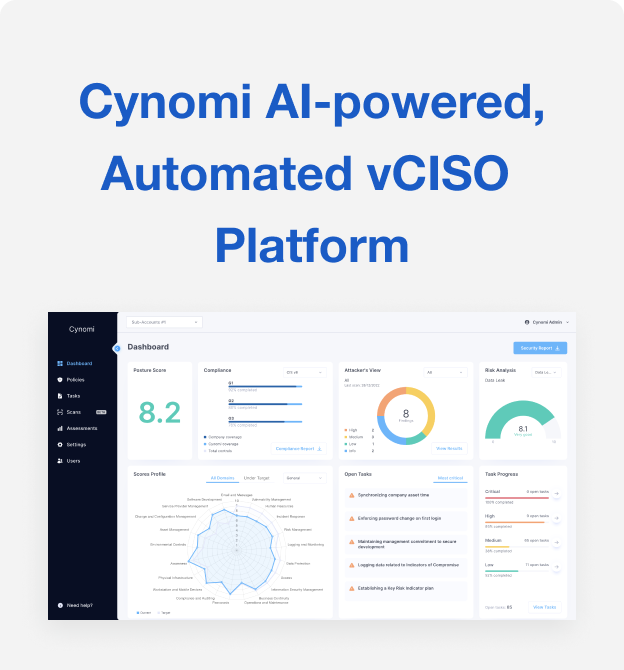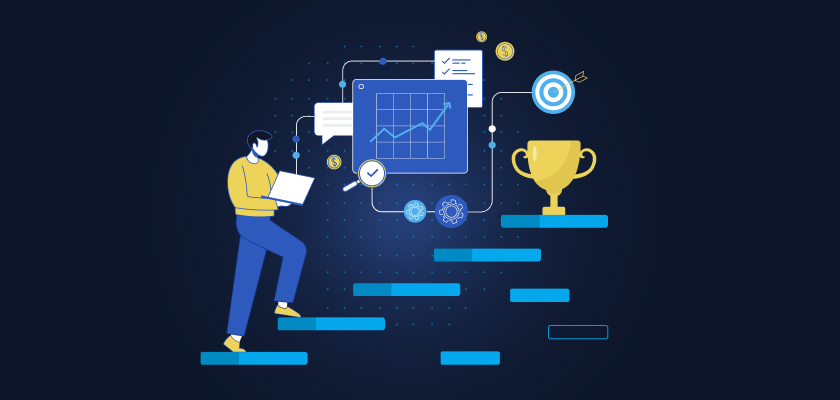5 Quick Steps to Create Generative AI Security Standards [+ free policy]

5 Quick Steps to Create Generative AI Security Standards [+ free policy]
Organizations are harnessing the power of Generative AI (GenAI) to innovate and create, and 79% of organizations already acknowledge some level of interaction with generative AI technologies1.
However with great technology come increased concerns about security, risk, trust, and compliance. According to a recent GartnerⓇ poll: Which risk of Gen AI are most worried about? Reveals that 42% of the organizations are concerned about Data Privacy2. Dark Reading survey echoes these concerns, stating that 46% of enterprises find a lack of transparency in third-party generative AI tools3. The situation among SMBs (500-999 employees) is of greater concern, with 95% of organizations are using GenAI tool, while 94% of them recognize the risk of doing so4.
As the integration of Generative AI gains popularity, security professionals should be aware and well-informed of emerging challenges such as Prompt Injection, Model Poisoning, and Database Theft. In this unknown environment, organizations must establish a robust Generative AI Security Policy.
In this guide we lay out 5 quick steps and considerations in crafting a defense strategy that harnesses the power of Generative AI without compromising your security poster.
The Purpose of Generative AI Security Policy
A Generative AI Security Policy defines guidelines and measures safeguarding against potential risks, ensuring secure and responsible deployment of generative AI technologies within an organization.
Key Steps in Securing Your Generative AI
1. Gaining Visibility into Your GenAI Touchpoints
Establish real-time monitoring mechanisms to identify all GenAI touch points across your organization, closely tracking the usage of Generative AI tools. Knowledge is a powerful asset, and consistent observations help in recognizing anomalies, ensuring that any suspicious activity is promptly addressed.
This proactive approach is essential for upholding a secure and resilient digital environment.
2. Assessing Threat Landscape
When approaching your initial GenAI security roadmap, start by gaining a comprehensive understanding of the existing threat landscape. Address primary concerns, including the OWASP Top 10 Large Language Model (LLM) security vulnerabilities to identify potential vulnerabilities and proactively anticipate emerging risks and organizational concerns.
A meticulous threat assessment lays the foundation for customizing Generative AI applications to meet specific security requirements. This includes safeguarding source code, third-party GenAI-based applications, and original model development, among other areas of exploration.
3. Implementing Classification and Access Controls
Define stringent access controls for Generative AI tools. When leveraging or integrating GenAI tools, It is highly important to set classification and access control to unauthorized/authorized roles, departments, and classes, and define roles and responsibilities for individuals involved in GenAI development and deployment.
Limit access to authorized personnel, ensuring that only those with proper clearance can leverage these powerful capabilities. This helps prevent misuse and unauthorized access.
4. Regular Training and Awareness Programs
Equip your team with the knowledge required to responsibly use Generative AI tools. Conduct regular training sessions on security best practices and the ethical use of AI, as well as implement a real-time alert system to proactively deter employees from engaging in insecure practices or disclosing sensitive data to GenAI tools.
Fostering a culture of awareness ensures that Generative AI is harnessed for defensive rather than offensive purposes.
5. Following a Dedicated GenAI Security Frameworks
Since LLM and GenAI are conversational tools that also consistently evolve and learn it’s essential to use the right security measurements and solutions. Seamless integration with dedicated GenAI security and risk tools, empowers organizations to proactively identify, assess, and mitigate potential risks associated with generative AI, ensuring a robust security posture.
Stay ahead in the dynamic AI landscape by leveraging specialized frameworks tailored for GenAI security.
As we conclude, remember: shaping a Generative AI Security Policy today is the key to safeguarding tomorrow’s innovations. By embracing the crucial steps in crafting a robust security policy, you lay the foundation for a resilient and secure future in the dynamic landscape of GenAI.
Access Cynomi’s GenAI Security Policy now. As a service provider, we encourage you to share it with your customers and initiate a conversation about the need to use GenAI tool securely.
This blog post was written in collaboration with Lasso Security, a pioneer cybersecurity company safeguarding every Large Language Models (LLMs) touchpoint, ensuring comprehensive protection for businesses leveraging generative AI and other large language model technologies.
1 McKinsey, The State of AI in 2023: Generative AI’s Breakout Year, 1 August, 2023.
2 Gartner, Innovation Guide for Generative AI in Trust, Risk and Security Management, by Avivah Litan, Jeremy D’Hoinne, Gabriele Rigon. 18 September, 2023.
3 Dark Reading, The State of Generative AI in the Enterprise, by Jai, Vijayan, December 2023.
4 Zscaler, Key Steps in Crafting Your Generative AI Security Policy, 14 November, 2023.





